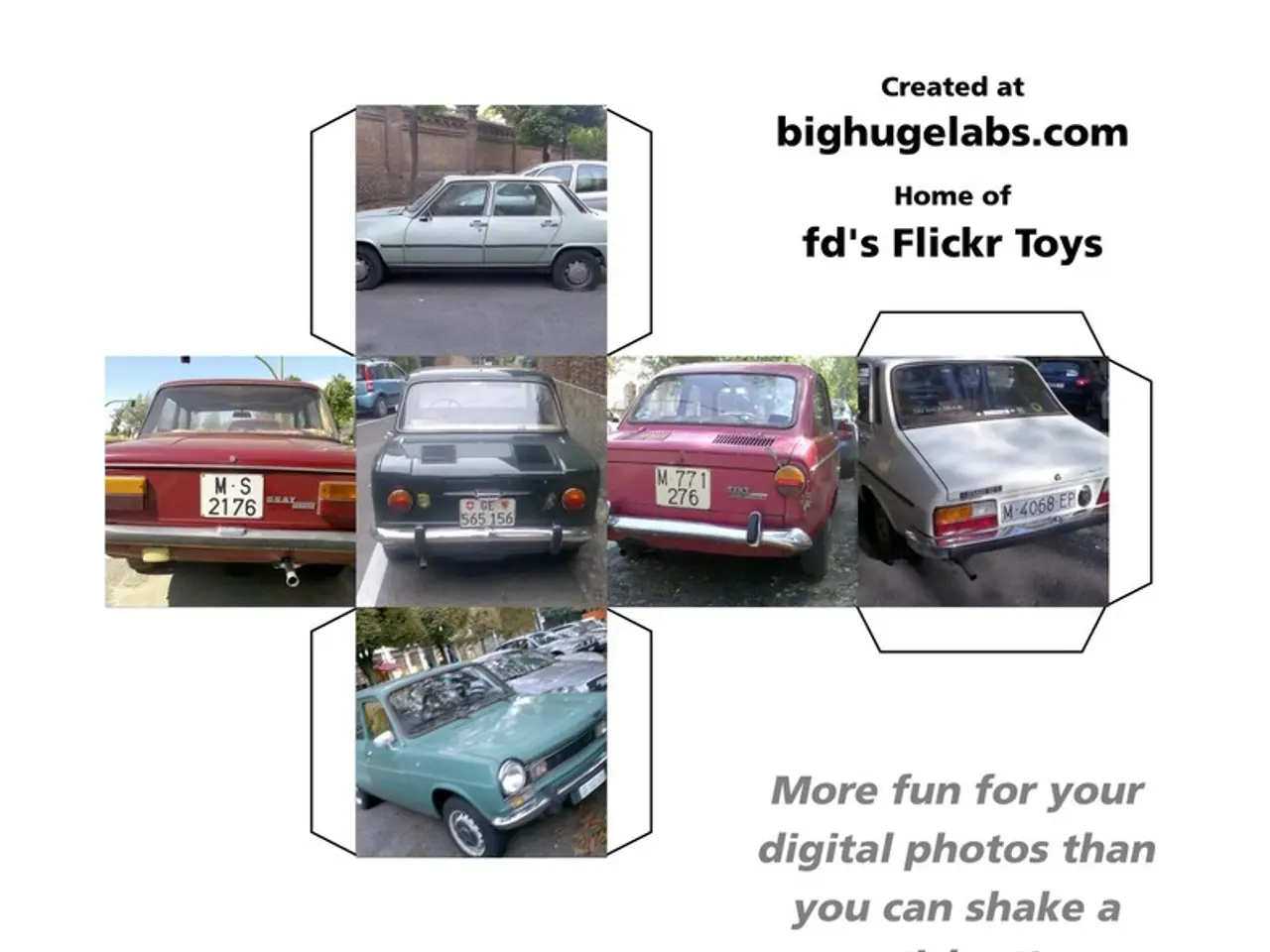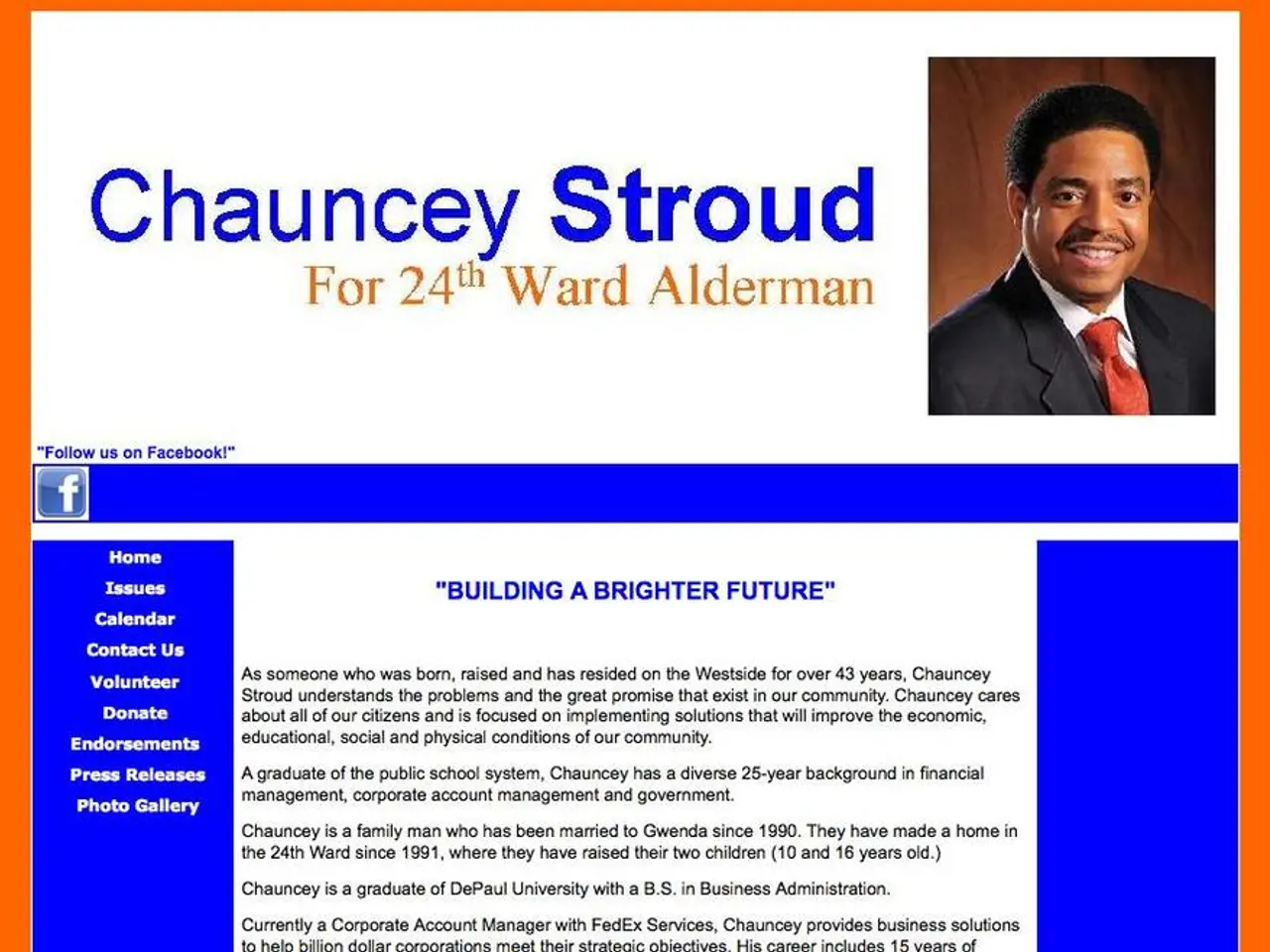Contactless EV Charging Payments: Near Future Reality, Including V2G Transactions Without Prior Arrangement
In a groundbreaking development for the electric vehicle (EV) charging industry, Hyfer, in partnership with Mastercard, has launched a new payment method for charging electric vehicles. This innovative approach, which leverages the tokenization of credit cards within the ISO15118-20 charging contracts, aims to simplify EV charging payments and reduce costs by enabling secure, seamless, and interoperable transactions during charging sessions.
The heart of this new payment system lies in the **tokenization of credit cards**. By replacing the actual card details with a secure token when stored or transmitted, sensitive information is protected, and the risk of fraud is significantly reduced. In the context of ISO15118-20 — the latest communication standard for EV charging — this token can be embedded securely in the charging contract between the EV and the charger.
This integration allows for **automatic, contactless authorization and payment** as soon as the vehicle connects to the charger. The charging session is authenticated via the token tied to the driver’s credit card or payment method, eliminating the need for additional apps or cards. By making the payment process native to the charging experience, friction and delays are eliminated, offering a smoother and more efficient charging experience.
For Charging Point Operators (CPOs), this streamlined payment flow **reduces operational costs** by cutting down on infrastructure for payment terminals and reducing transaction complexities. This could potentially lead to lower charging costs for EV drivers, making EV ownership more accessible and appealing.
Moreover, this new payment method enhances security and privacy by avoiding the exchange or storage of sensitive card information. This is particularly important in an era where cybersecurity is a significant concern for both consumers and businesses alike.
For consumers, the benefits are clear: a **simpler, faster, and more reliable charging payment experience** without the need for multiple apps, RFID cards, or manual steps. This convenience could play a crucial role in fostering wider EV adoption, making charging as seamless as refueling a conventional vehicle.
The Hyfer-Mastercard partnership's tokenization strategy within ISO15118-20 charging contracts creates a secure, efficient, and cost-effective payment solution that supports the growth and convenience of EV charging infrastructure. This innovation is evidence of the charging industry growing up as it becomes both mass market and ubiquitous, with many more innovations being developed in mature charging ecosystems.
In addition, drivers can pay by scanning a dynamic QR code and completing an ad-hoc payment with Apple Pay or Google Pay. This flexibility further enhances the convenience of the new payment method.
However, not all regions follow the same path. Norway, for instance, has taken a different approach, with roaming seen as costly and at odds with delivering a consistent high-quality customer experience, similar to Australia. Hyfer aims to remove the QR code and associated friction in the charging process, offering a more seamless experience for EV drivers.
This new payment method could potentially create a vehicle wallet for charging payments, opening up endless possibilities. For instance, Mavi.io in the USA is pioneering a dashboard commerce platform, allowing drivers to order food or other products, suggesting a use case for in-car payment tokens.
Anders Granquist, CEO of Hyfer, founded the company due to frustrations with the charging experience in Norway, which features multiple apps and payment systems. His vision for Hyfer is to make charging as simple and seamless as possible, paving the way for a future where EV charging is as common as refueling a conventional vehicle.
In conclusion, the Hyfer-Mastercard partnership's innovative approach to EV charging payments is set to revolutionize the industry. By offering a secure, efficient, and cost-effective payment solution, it could play a significant role in fostering wider EV adoption and making charging as convenient as refueling a conventional vehicle.
The tokenization of credit cards within the ISO15118-20 charging contracts could potentially lead to a vehicle wallet for charging payments, opening up possibilities like ordering food or other products through a dashboard commerce platform.
This new payment method, by eliminating the need for additional apps or cards, aims to offer a simpler, faster, and more reliable charging payment experience, which could play a crucial role in fostering wider EV adoption.




